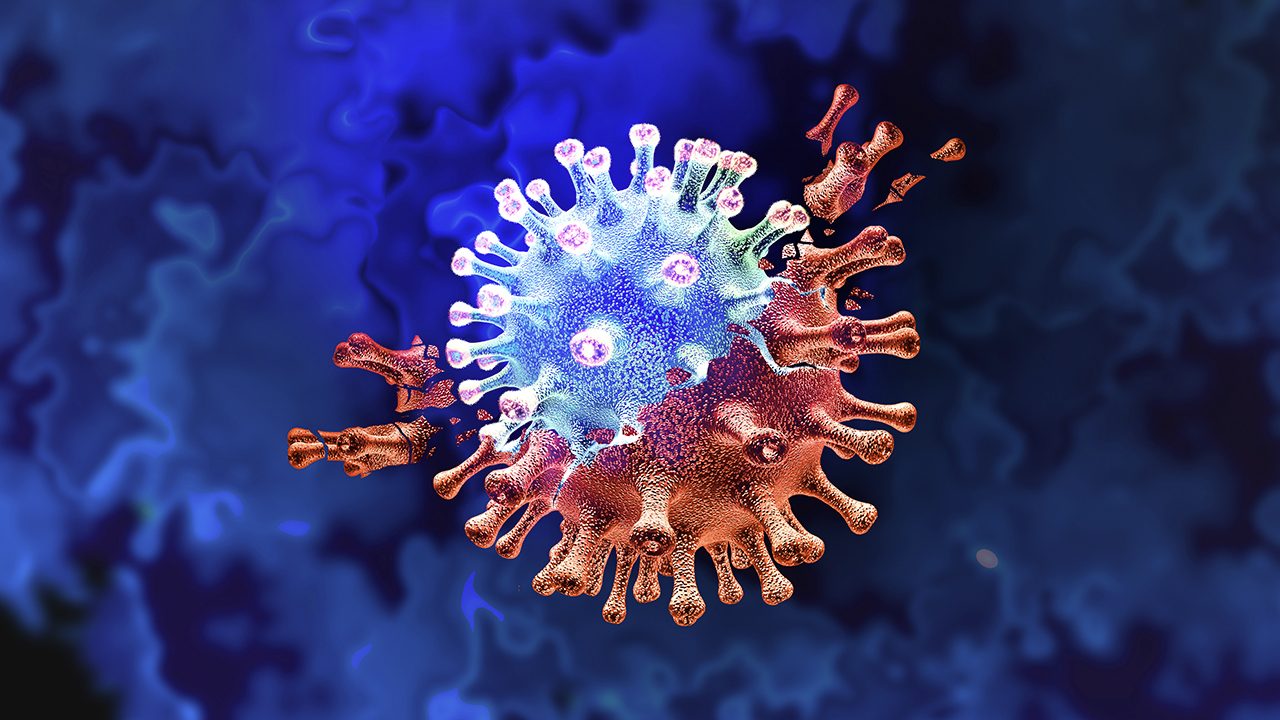SUMMARY
This is AI generated summarization, which may have errors. For context, always refer to the full article.

Just when the rest of the word is recovering from the surge in infections driven by the highly contagious COVID-19 Delta, an offshoot of this variant called AY.4.2 is causing alarm in the United Kingdom, where it was first reportedly found among samples.
AY.4.2 is one of the sublineages of the Delta variant that have been recorded across the globe. It has two mutations in its spike protein – Y145H and A222V – that the virus uses to latch onto and enter a human cell.
Scientists in the UK say that their initial studies show that AY.4.2 is 10% to 15% more transmissible than the original Delta, which can already infect up to eight people.
The UK’s Health Security Agency classified AY.4.2 into the category of
“variant under investigation” on October 21, noting that it was on an “increasing trajectory” in the country.
The variant is now present in at least 33 countries, including the UK, Denmark, Germany, and Ireland. Some isolated cases have been detected in the United States, Israel, Russia, and India as well.
According to reports, 96% of all cases in the UK are linked to AY.4.2. However, scientists say it is still unknown if the Delta subvariant is more transmissible or dangerous than the original Delta.
The Telegraph reported that even if future studies confirm the variant’s increased transmissibility, “experts say a slightly more infectious subvariant will not trigger the same dramatic surge we saw with both Delta and Alpha.”
Health officials in the Philippines and abroad remain calm about the Delta subvariant, for now, noting that it is important to keep an eye on it but not to panic.
Not yet detected in PH
The Department of Health (DOH) on Thursday, October 21, said that the Delta subvariant had not reached Philippine shores yet.
“As of this moment, experts are still studying the potential impact of the Delta sublineage on the transmissibility and severity of COVID-19. The particular Delta sublineage has not yet been detected among the COVID-19 positive samples sequenced in the country,” the DOH said.
World Health Organization (WHO) representative to the Philippines Rabindra Abeyasinghe said they were “looking very closely at this.”
“Right now this is not classified as a variant of interest or variant of concern. The WHO continues to monitor the spread of this particular variant that has been detected,” he said.
Meanwhile, Oxford Vaccine Group chief Andrew Pollard says that the subvariant is not likely to change the COVID-19 picture. British health officials have noted that AY.4.2 does not appear to be more virulent than the original Delta. It also does not render vaccines any less effective.
The report on the subvariant of Delta comes as a number of countries, including the Philippines, are recovering from Delta-driven surge. On Monday, October 25, health officials classified the Philippines as “low risk” for COVID-19 due to continued decrease in infections.
Health Undersecretary Maria Rosario Vergeire said the public’s adherence to safety protocols is still “our best protection and is the best way to curb the transmission, prevent the spread of the variants, and slow down the appearance of mutations.” – Rappler.com
Add a comment
How does this make you feel?
There are no comments yet. Add your comment to start the conversation.